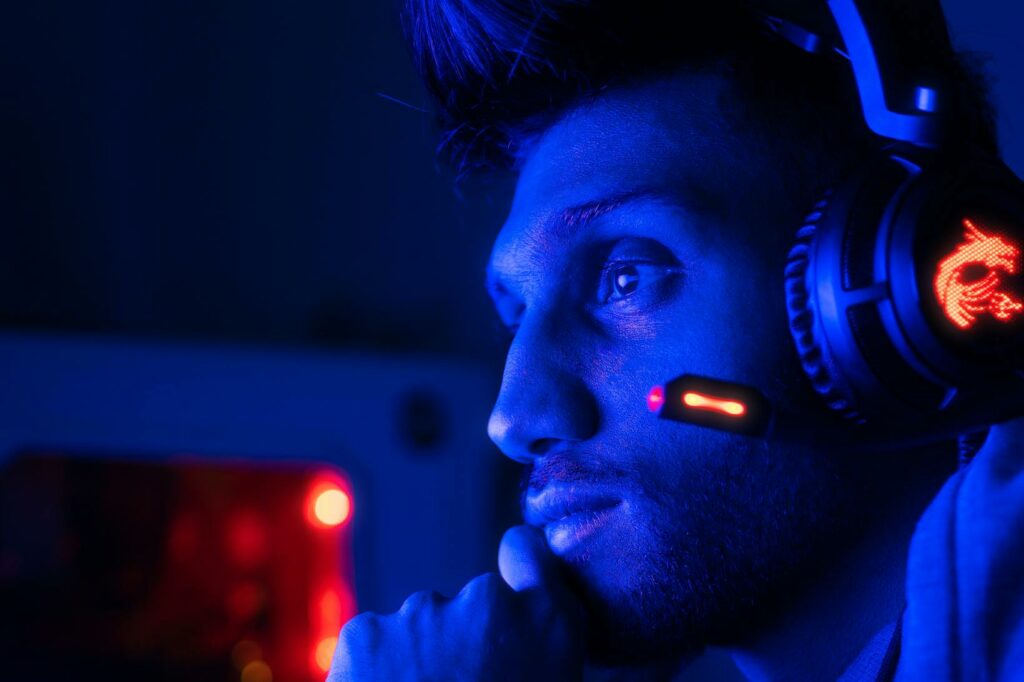In the fast-paced world of esports and gaming, technology never stands still. LED screens, once a luxury, have become a standard, revolutionizing the way gamers experience their virtual battles. But what’s driving this trend, and what does the future hold?
This article dives into the world of LED screen trends in esports and gaming, exploring how these vibrant displays have transformed the gaming landscape. From enhanced graphics to immersive environments, we’ll examine why these screens are a game-changer.
Stay tuned as we venture into the realm of pixels and high-definition, shedding light on the LED revolution that’s taking the gaming world by storm. The journey ahead promises to be as exciting as the games themselves.
Exploring LED Screen Trends in Esports and Gaming
 Esports and gaming industries use LED screens extensively, developing advancing technology further with each competition. They keep pushing the pixels in providing unparalleled visuals that immerse both players and spectators. Several emerging trends define the future of LED screens within these fast-paced arenas.
Esports and gaming industries use LED screens extensively, developing advancing technology further with each competition. They keep pushing the pixels in providing unparalleled visuals that immerse both players and spectators. Several emerging trends define the future of LED screens within these fast-paced arenas.
Esports and gaming arenas have evolved, becoming massive areas that accommodate thousands of spectators. Consequently, the size and resolution of LED screens keep surging. Some arenas now boast LED screens stretching up to 60 feet, offering 4K and even 8K resolution. This trend, seen in venues like the Esports Stadium Arlington, caters to spectators, offering a cinematic, immersive experience.
Curved and Flexible Displays
Innovations result in curved and flexible LED displays increasingly populating esports and gaming stages. An example is the famed ‘The Colosseum’ – hyper-flexible display technology showcased in Beijing during the 2020 League of Legends World Championship. The trend of curved displays provides an immersive 360-degree viewing experience.
Sturdier and More Efficient Screens
While LED screens enhance gaming experience, considerations of durability and energy efficiency stay crucial. Hence, manufacturers aim for sturdier and energy-efficient screens, evident in products such as LG’s NanoCell LED Gaming TV, which uses nanoparticles to produce brilliant pictures while remaining energy efficient.
Advanced Color Depth and Contrast Ratio
 Manufacturers strive for enhanced color depth and contrast ratios to provide immersive gaming environments. Evolving technology paves the way for dynamic contrast and billion-color support supplied by advanced LED panels. An instance can be found in VIZIO’s Quantum Color technology, offering a billion hues and tones.
Manufacturers strive for enhanced color depth and contrast ratios to provide immersive gaming environments. Evolving technology paves the way for dynamic contrast and billion-color support supplied by advanced LED panels. An instance can be found in VIZIO’s Quantum Color technology, offering a billion hues and tones.
These evolving LED screen trends in esports and gaming serve as a testament to the industries’ constant strive for better, more immersive, and more efficient gaming experiences. All these aimed at not just providing players and spectators with better gaming experiences, but also considering the ecological impact of technology.
Evolution of LED Screens in Gaming
The gaming landscape consistently evolves, as does the role of LED screens within it. They’ve become instrumental in enriching player experiences, pioneering visual advancements that continually redefine what’s possible.
From CRT to OLED: A Brief Overview
Travel back to the age of early gaming, and you’d find chunky CRT (Cathode Ray Tube) monitors reigning supreme. Technology advanced, and so did display screens, ushering in the era of LCD (Liquid Crystal Display). LCDs offered a significant upgrade in picture quality, size, and energy efficiency. But the quest for the perfect gaming display didn’t stop there.
The Rise of LED Screens in Gaming
 LED screens have climbed rapidly to the head of the pack, becoming the preferred choice for gamers globally. This dominance can be attributed to their myriad performance advantages. Notably, LED screens offer incredibly dynamic colors, thanks to their ability to display deeper blacks and brighter whites.
LED screens have climbed rapidly to the head of the pack, becoming the preferred choice for gamers globally. This dominance can be attributed to their myriad performance advantages. Notably, LED screens offer incredibly dynamic colors, thanks to their ability to display deeper blacks and brighter whites.
From Gaming Consoles to Arenas
The future of esports and gaming is bright and LED screens are leading the charge. They’ve become the gamers’ choice due to their vibrant colors, energy efficiency, and immersive experiences. Their flexibility has sparked a revolution, introducing curved displays that redefine gaming standards.
The demand for high refresh rates and 4K resolution is on the rise, driven by competitive gaming and next-gen consoles. It’s clear that LED screens are not just a trend, but a mainstay in the gaming industry.

